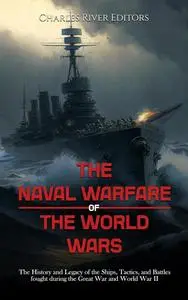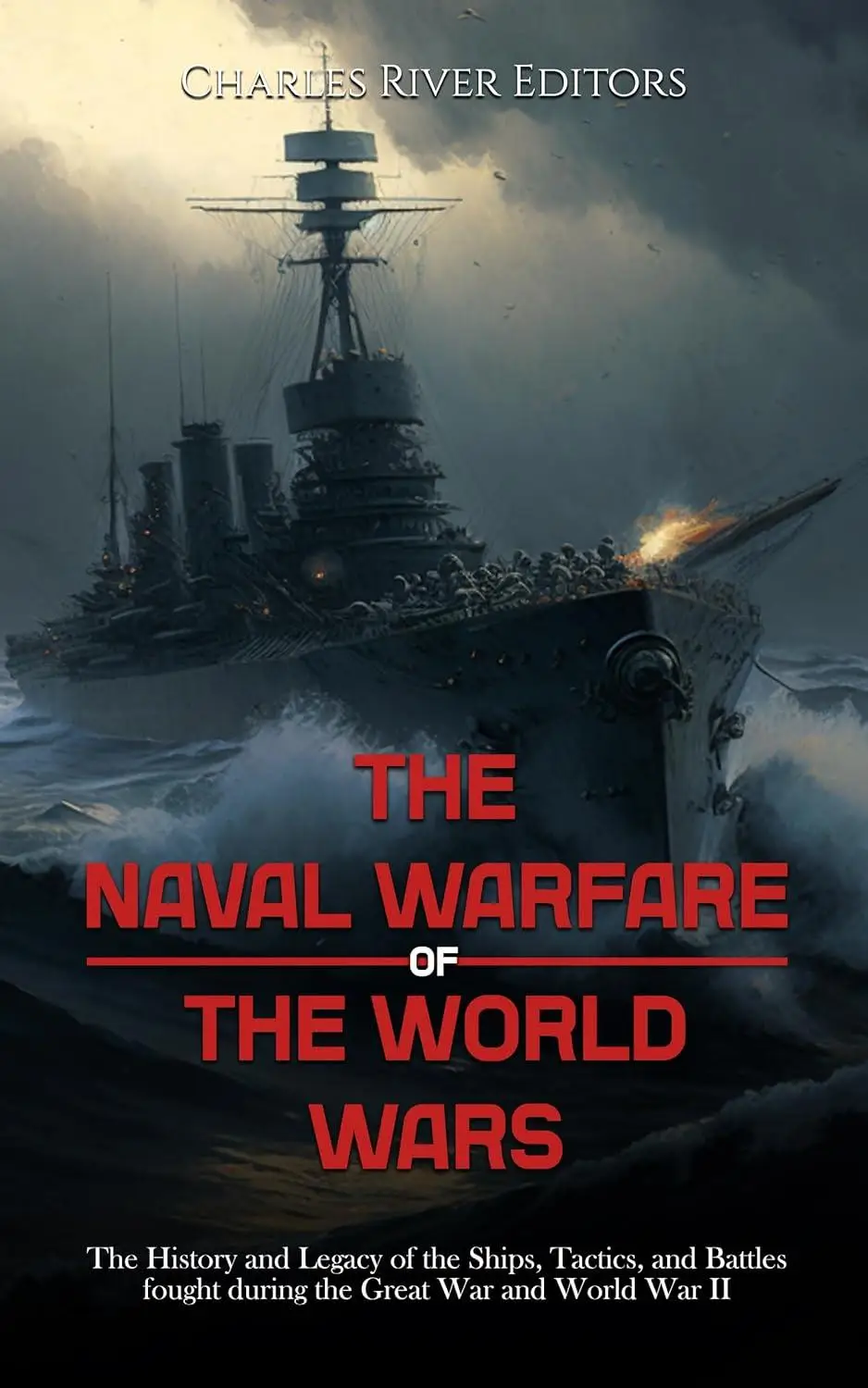The Naval Warfare of the World Wars: The History and Legacy of the Ships, Tactics, and Battles fought during the Great War and World War II by Charles River Editors
English | December 7, 2023 | ISBN: N/A | ASIN: B0CPTGZ4FS | 170 pages | EPUB | 16 Mb
English | December 7, 2023 | ISBN: N/A | ASIN: B0CPTGZ4FS | 170 pages | EPUB | 16 Mb
The most iconic images of the First World War are of the war on land. They depict the trench lines, the shell holes, and the barbed wire. They show a generation of young men in uniform, living in holes dug from the dirt, rifle in hand, waiting for the next devastating artillery bombardment. But part of that same generation faced a very different war, one that was just as important in deciding the fate of Europe, but which is often forgotten in popular histories. This was the war at sea. It was vital to the economic side of the war, as the Allies cut off Germany's supply lines from the outside world and so placed a squeeze on their opponents' military industries. Here events took place that would draw America into the war, providing the Allies with a new pool of manpower and so ensuring that the scales of the conflict tipped in their favour.
The war at sea saw innovations tested. Some, such as Germany's submarine fleet, were a huge success that defined the future for warfare. Some, such as seaborne planes, played only a small part but acted as a prelude to bigger changes to come. Some, such as battlecruisers, were costly failures. At sea just as much as on land, this was a war that would shape the future of the world.
Naval combat underwent a significant metamorphosis during World War II. Nazi Germany and Imperial Japan launched some of the most powerful battleships ever to sail the world's oceans, yet the conflict witnessed the emergence and triumph of the aircraft carrier as the 20th century's true monarch of the seas. Submarine warfare expanded and developed, while aircraft technology and doctrine experienced several revolutionary changes due to the unforgiving demands of the new combat environment.
Popular accounts of World War II frequently focus on the dominance of German panzers over the more lightly armored, lightly armed tanks of the Soviets, British, and Americans, or the superb fighting skills of the Waffen SS and ordinary Wehrmacht soldiers. Germany's land forces enjoyed an undoubted advantage over their enemies thanks to excellent vehicle technology, while German soldiers slaughtered vast numbers of Soviet conscripts and proved formidable opponents even to their better-trained English and American counterparts.
However, the Axis failed to secure either the seas or the skies, and their defeat in these theaters ultimately led to their doom. Many highly advanced aircraft designs languished on the drawing boards of Junkers and Messerschmitt engineers, left undeveloped due to high command disinterest or simple lack of resources. The most advanced fighters developed by Nazi Germany and Imperial Japan were equaled or outmatched by such aircraft as the U.S. F6F Hellcat (which achieved kill ratios of between 13 to 1 and 19 to 1 against Japanese “Zero” fighters) or P-51 Mustang.
America, with its vast productive resources and immense manufacturing capacity, single-handedly supplied the materiel that saved Britain and the Soviet Union from defeat. It did so by controlling the sea lanes and eventually ending much of the threat of U-boat attack, supplying England and Russia with staggering quantities of food, weapons, raw materials, trucks, tanks, aircraft, prefabricated buildings, boots, ammunition, medicines, and even entire locomotives and sets of railway rolling stock. Over 50% of the Soviet Union's entire wartime supply base, from food and clothing to weapons and vehicles, came directly from the United States.
In time, the American and British navies progressively destroyed their Axis counterparts, ensuring clear sea lanes, high strategic mobility for seaborne invasions, and large-scale air support that eventually battered the Axis armies into submission.



